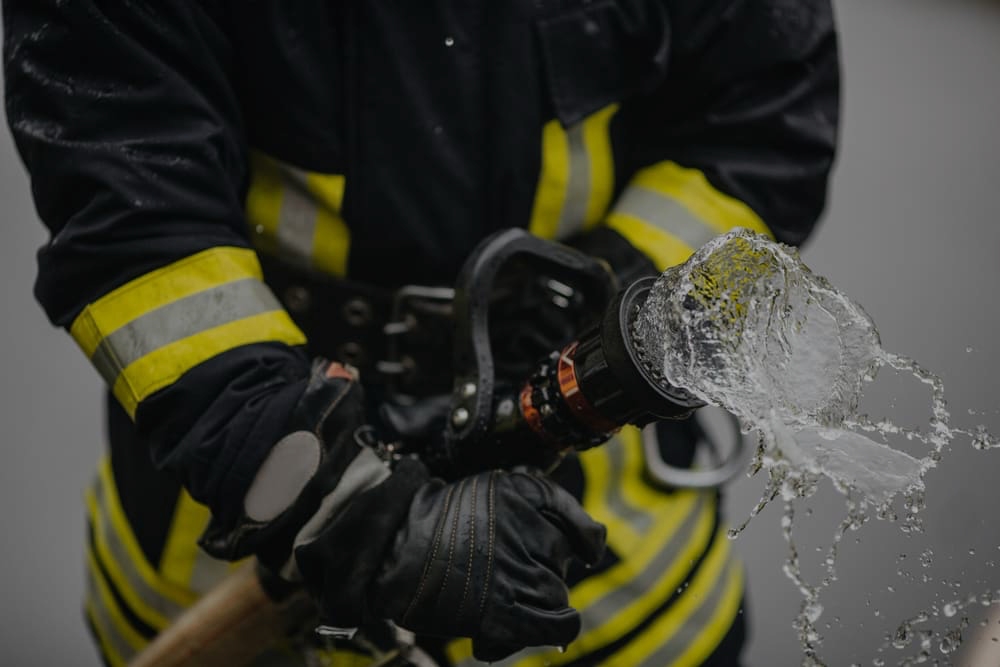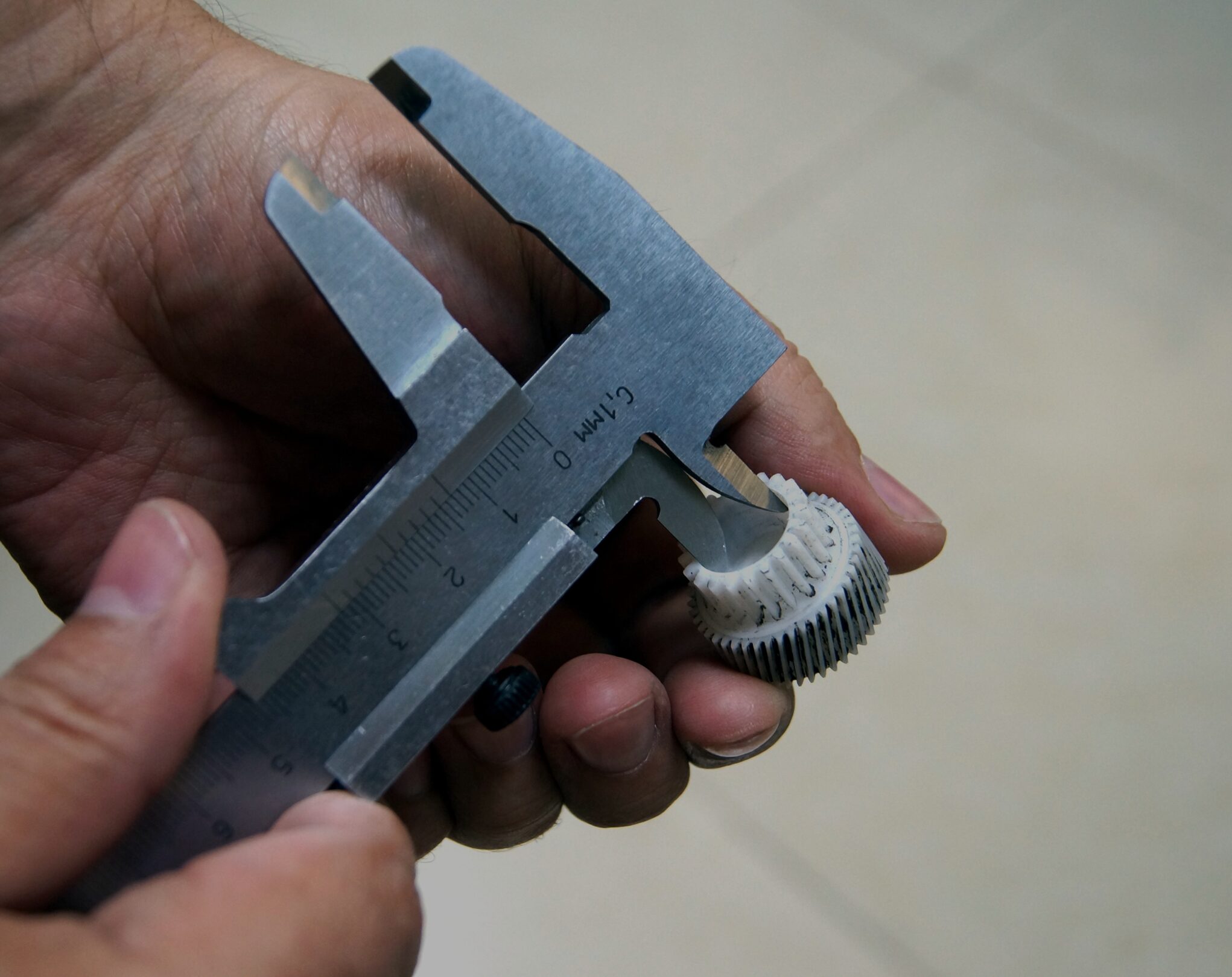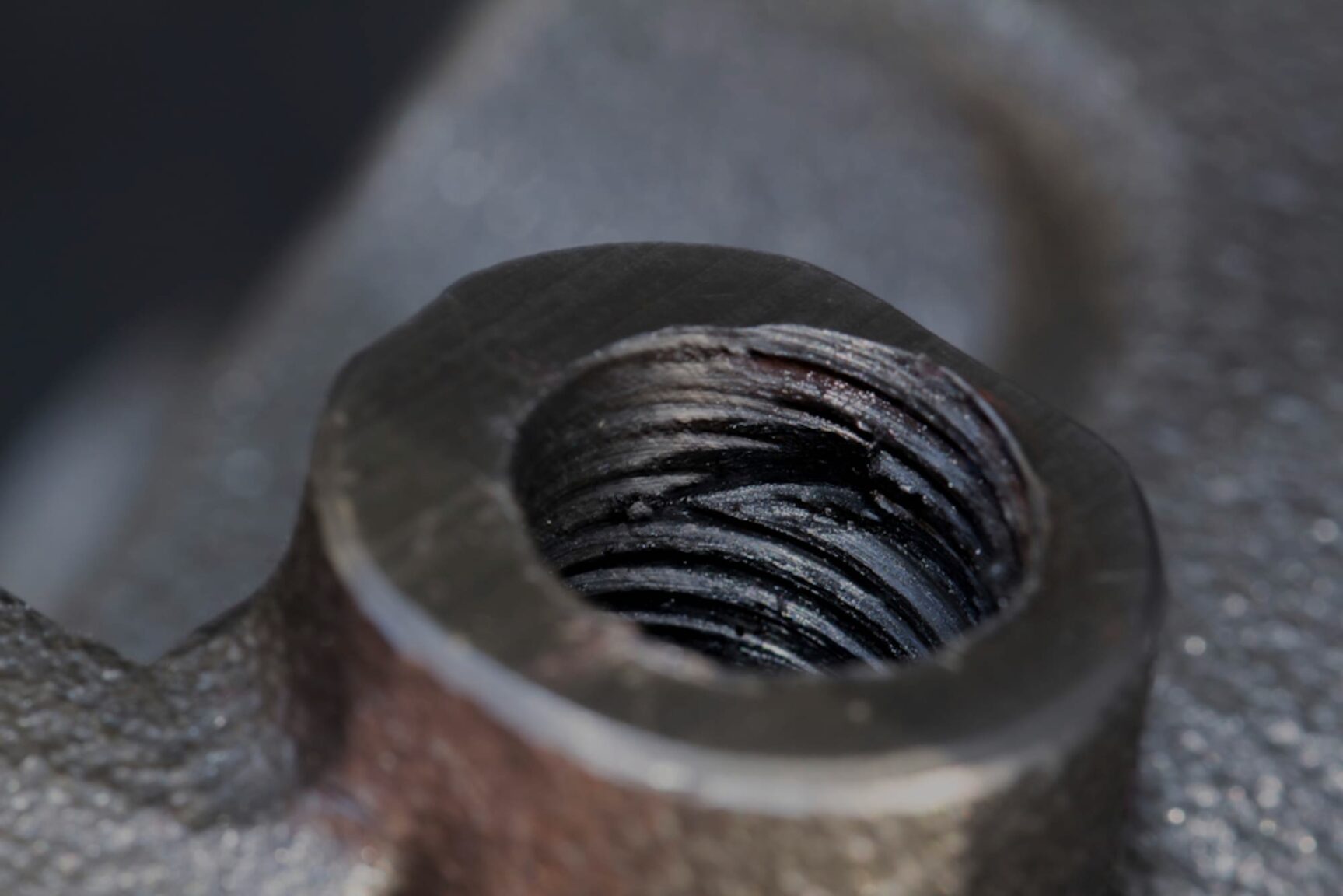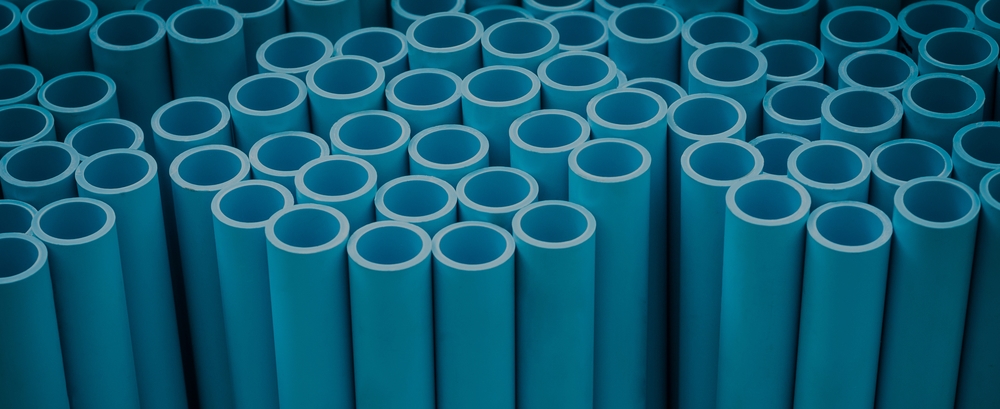Top 5 Hydrolysis-Resistant Plastics
Published on May 20, 2021

Originally published on fastradius.com on May 20, 2021
When designing products for outdoor use, remember that even the strongest plastics can degrade over time. Many factors like mechanical stressors, part geometry, and climate — hot water and steam, cool air and condensation, and rapid temperature changes — can influence the service life of a part used and stored outside. Most weather-resistant plastics can influence a part’s ability to withstand physical stress and weathering to avoid cracking, becoming brittle or thin, and other forms of corrosion.
Material choice is of the utmost importance when it comes to product design for outdoor plastic components, as specific materials prevent unique forms of degradation. For example, materials for plastic outdoor components should provide protection against hydrolysis reactions. Hydrolysis occurs when water breaks down one or more chemical bonds of a polymer, which in turn breaks down the plastic itself.
Choosing the right material, especially a hydrolysis and weather-resistant plastic material, can fight off irreversible damage and extend the service life of your outdoor part by years. That’s why it’s vital for designers and engineers to thoroughly consider the pros, cons, and other qualities of weather-resistant plastics.
Top 5 hydrolysis-resistant plastics
1. Polyphenylene sulfide (PPS)
PPS offers incredible resistance to hot water and steam, making it an excellent material for counteracting the effects of outdoor humidity. PPS also boasts chemical resistance, good dimensional stability, and high dielectric strength — this means PPS can withstand intense electrical fields without becoming conductive. Due to these advantages, PPS is often used in electrical components and semiconductor machinery.
Other components that utilize PPS are seals, bushings, and bearings, plus pumps and valves. Fit-together pieces in parts that will be used outdoors must resist expansion and remain compatible with one another — hydrolysis-resistant is crucial. PPS is a cost-friendly alternative to PEEK, so you can imbue your part with hydrolysis-resistance for a fraction of the cost.
2. Polyether ether ketone (PEEK)
PEEK is a semi-crystalline, lightweight weather-resistant plastic that resists fatigue, wear, chemicals, and heat. PEEK has high tensile strength and can adapt to harsh environments without giving into hydrolysis. This trait lets PEEK replace metal in many applications like medical devices, active components of car transmissions, and aircraft exterior parts.
PEEK has a high melting point of over 371°C (nearly 700°F) and can withstand temperatures up to 310°C (590°F) for short periods of time without changing shape. Another benefit of PEEK is its low smoke and fume emission when exposed to flame. However, PEEK is quite susceptible to UV light degradation and certain acids. Product teams should keep this in mind and consider whether they need both weather-resistance and protection against UV light for a particular application. If so, it makes sense to look more closely at some of the other materials on this list.
3. Polybenzimidazole (PBI)
PBI has the highest heat, wear, strength, and mechanical properties of any engineering thermoplastic — it doesn’t burn, doesn’t stick to other plastics, and has no known melting point. PBI offers continuous hydrolysis resistance, even in extreme temperatures and external conditions. For this reason, PBI is exclusively used for critical applications like astronaut spacesuits, firefighter protective apparel, and racecar driver suits.

Unsurprisingly, it is incredibly difficult and expensive to manufacture PBI. PBI also requires diamond tools for engineering, which further drives up costs. PBI is also limited by its notch sensitivity — when designing for PBI, product designers and engineers should avoid any sharp edges or corners and smooth all surface finishes as much as possible.
4. Polyetherimide (PEI)
PEI is an amorphous thermoplastic, which makes it resistant to shrinkage as it cools. This, along with its hydrolysis-resistant characteristics, helps PEI parts remain the same shape throughout changes in the surrounding temperature. This is an excellent quality for outdoor applications and storage. PEI also has a high melting point and can retain mechanical integrity at high temperatures, further contributing to component longevity outdoors.
Unfortunately, PEI is fairly expensive and has low impact strength compared to other plastics on this list. PEI also tends to crack when presented with polar chlorinated solvents. However, as PEI holds up well in the presence of various fuels and coolants, it is still used often in the commercial aerospace industry to make fire blockers and airplane seat covers.
5. Polysulfone (PSU)
PSU is built to resist hydrolysis from hot water and steam, an excellent choice for maintaining part integrity in warm weather conditions. It is stiff yet thermoformable, meaning you can mold PSU into various shapes during production while the weather-resistant plastic remains rigid. Since PSU is hydrolysis-resistant, it can withstand repeated sterilization when required. This makes PSU suitable for food preparation applications, autoclavable instruments, medical trays, and instrument components.
PSU is so strong and semi-transparent that it’s often used as an alternative to acrylic and polycarbonate. However, PSU can tolerate higher temperatures than both these other polymers. This quality helps PSU protect outdoor infrastructure that might need to endure hot temperatures.
Face the great outdoors with SyBridge
It’s important to guarantee that your weather-resistant plastic material, especially for parts with outdoor applications, promotes component strength and longevity. The best weather-resistant plastic options support hydrolysis-resistance, which prevents components from changing shape beyond functionality due to water absorption, along with other features like temperature and cracking resistance or weldability and tensile strength.
Picking the right weather-resistant plastic material can seem daunting, but SyBridge is here to help. We’re an expert manufacturing partner dedicated to guiding engineers and product teams through the entire manufacturing process, so you can feel confident while choosing the best weather-resistant plastic for your upcoming project. Contact us today to prepare your material for any outdoor application.



